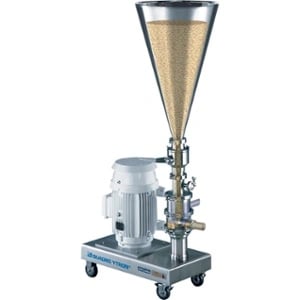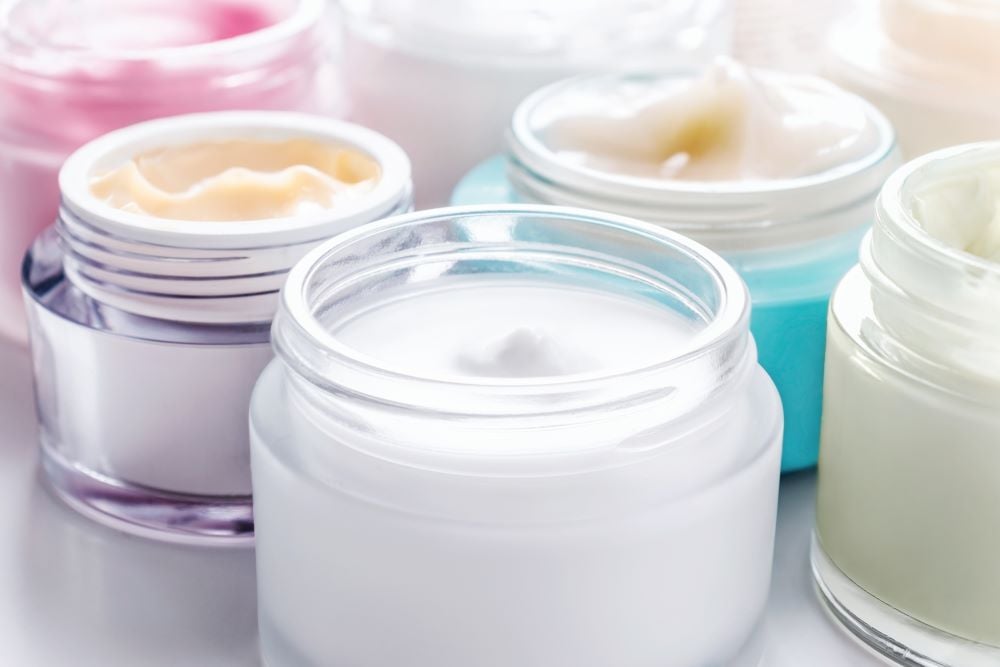The manufacturing of sunscreens and lotions has been on a steady increase in recent years as a result of increased awareness of the effects of ultraviolet rays (UV) and exposure to skin.
Increased awareness has created the requirement for specialty products such as water-resistant formulas, infant formulas, and increased sun protection factors (SPF) formulas.
Mixing Sunscreen and Creams
Manufacturing techniques play an important role in adapting to the changing market to meet the requirements of the consumer while maximizing the performance of the ingredients. Manufacturing sunscreen creams and lotions involves either oil-in-water or water-in-oil emulsions.
Typical ingredients include emollients (smoothing agents), lubricants, emulsifying and thickening agents, perfumes, preservatives and UV filters. Absorbers such as titanium dioxide or zinc oxide are also used.
In the case of the latter ingredients, UV protection is directly related to the dispersion quality and particle size of the UV filters and absorbers.
Manufacturing steps for sunscreen
- Powdered ingredients, such as cetyl alcohol and stearic acid are typically dispersed into the oil phase. The water phase is prepared separately, containing emulsifiers and stabilizers (Carbomers, Cellulose Gums and Hydrocolloids).
- The oil phase and water phase are then mixed to form an emulsion. Depending on the formulation, some applications may require heating 110 - 185°F (45 - 85°C)
- Depending on the formulation, the UV filters and absorbers are supplied as a powder and can be dispersed into either the water or oil phase before or after the emulsion is formed.
- Mixing is continued until the end product is homogeneous.
When using conventional mixers and agitators for sunscreen manufacturing several challenges commonly arise:
- Additives designed to thicken the product are by nature liable to form agglomerates, which a conventional mixer cannot easily break down.
- Partially hydrated ingredients can build up on the vessel walls and mixer shaft.
- Emulsions are not easily formed with conventional agitators even with the addition of heat. The addition of emulsifiers, stabilizers and certain additives can reduce SPF of the lotions. For this reason, it is important to use the minimal ingredients required to create a stable emulsion.
- UV absorbers are supplied in micronized form. Conventional agitators are not capable of breaking the components down to their individual particle sizes.
- Long batch times and often additional equipment is required to achieve a satisfactory consistency.
- Significant air entrainment occurs as a result of the incorporation of powders from the liquid surface.
Mixers For Manufacturing Sunscreen
Quadro recommends the combined use of a Ytron ZC Powder Disperser and a Ytron Jet Mixer. The ZC is designed to disperse extremely difficult to wet powders in a single pass without lumps or "fisheye".

The powder incorporation can be completed during the addition of water or oil phase to the processing vessel or in a recirculation loop from the vessel. Powder incorporation is achieved by the presence of a significant vacuum in the reactor generated by a liquid ring seal created between the rotor and stator.
The powders are then subjected to enough shear to provide a complete dispersion in a single pass before returning to the processing vessel. The second phase is added to the vessel and the Jet Mixer provides a good top-to-bottom turnover of the tank ingredients to ensure a homogeneous blend and a finished emulsion.
Using a Powder Disperser for manufacturing sunscreen
The advantages of using a ZC Powder Disperser for the manufacture of Sunscreen Creams and Lotions include:
- Single-pass processing ensures repeatable, consistent product batch to batch.
- Improved dispersion of micronized oxides results in better SPF.
- Lump-free lotions ensure maximum yield of raw materials and result in better SPF.
- Premixing powdered ingredients is not necessary.
- Rapid mixing times.
- Formation of a stable emulsion.
Related Reading:


